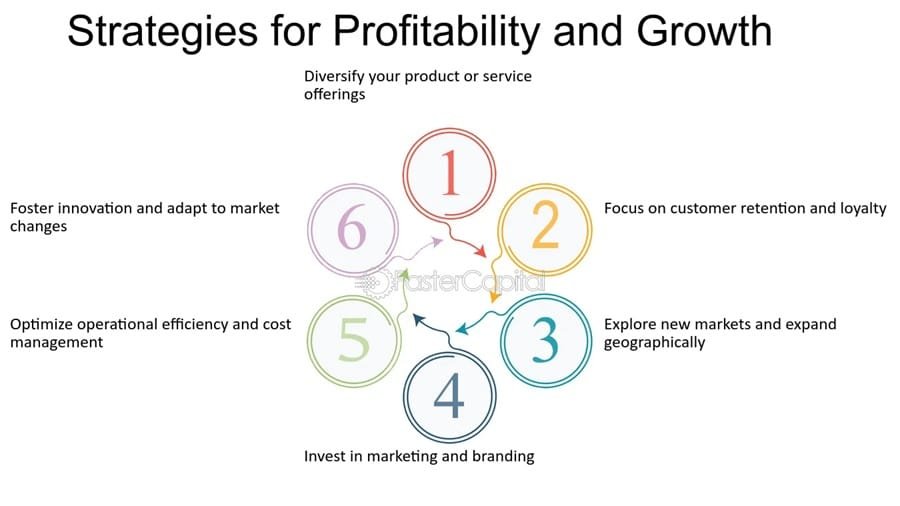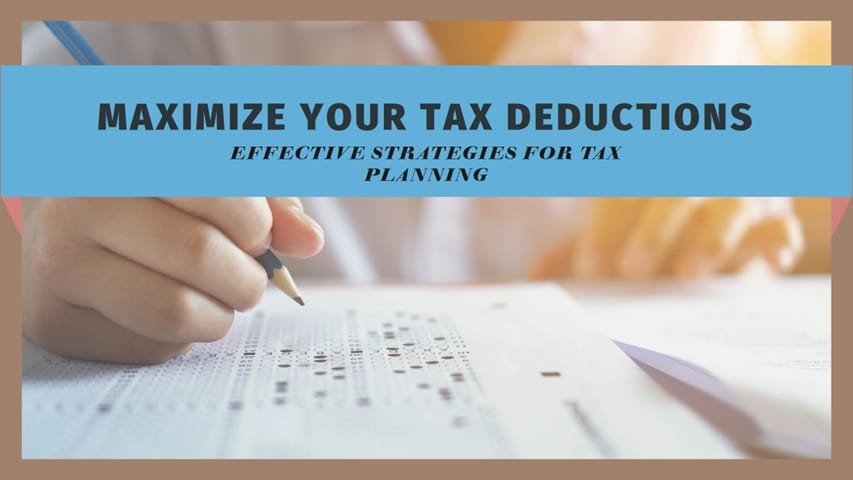You’re on the path to growth, but sustaining it requires skillful navigation. Leveraging two CPA strategies can transform fleeting profits into lasting success. You’re not alone in this journey. An advisory firm in Hoboken understands your challenges and provides direction. The first strategy involves optimizing your cash flow. It’s the lifeblood of your business. Make timely decisions on expenses and investments to maintain balance. The second strategy focuses on tax planning. Understand shifting tax laws to avoid pitfalls and maximize benefits. These tactics offer a foundation for steady growth. You can shift from unpredictable profits to a reliable financial future. Building a sustainable business isn’t easy, but with these strategies, you’re equipped for success.
Optimize Cash Flow
Cash flow management is crucial for your business stability. It involves monitoring, analyzing, and optimizing the money moving in and out of your business. Prioritize this to ensure your business can meet its short-term obligations and invest in growth opportunities.
- Track your cash flow regularly. This means establishing a system where you can review your cash flow weekly or monthly to identify patterns and make informed decisions.
- Cut unnecessary expenses. Review subscriptions, leases, and other expenses to find savings. Reducing waste can improve your financial health significantly.
- Negotiate better terms with suppliers. Longer payment terms or discounts for early payments can help you manage cash flow better.
According to SBA, small businesses benefit most from meticulous cash management. Applying these practices in your daily operations can lead to a more stable financial position.
Tax Planning
Effective tax planning is about arranging your financial affairs to minimize your tax liability legally. Engaging in strategic tax planning allows your business to optimize its financial situation and thrive.
- Stay updated on tax laws. Tax codes evolve, and staying informed helps you avoid penalties and take advantage of new opportunities.
- Use tax credits and deductions. Different credits and deductions can reduce your tax liability significantly. Understand which apply to your business.
- Consult with a CPA. Professional guidance can help you navigate complicated tax regulations and identify opportunities for savings.
According to the IRS, proper tax planning requires anticipation of future tax liabilities. By staying proactive, you can safeguard your business against unexpected tax burdens.
Comparison Table: Cash Flow vs Tax Planning
| Aspect | Cash Flow | Tax Planning |
|---|---|---|
| Focus | Managing operational cash effectively | Minimizing tax liability |
| Key Practice | Tracking and minimizing expenses | Using deductions and credits |
| Main Benefit | Increased liquidity | Reduced tax payments |
| Challenge | Balancing incoming and outgoing cash | Keeping up with changing laws |
Conclusion
Transforming one-time profits into sustainable growth isn’t a mere aspiration. It’s an attainable goal with the right strategies. By focusing on cash flow optimization and strategic tax planning, you prepare your business for enduring success. Making thoughtful decisions today shapes a resilient tomorrow. Keep a close eye on your finances and rely on trusted advisors when necessary. These steps ensure you’re not only reacting to current demands but also setting the stage for future achievements. Remember, growth is not a sprint. It’s a marathon that requires dedication, insight, and adaptability.



